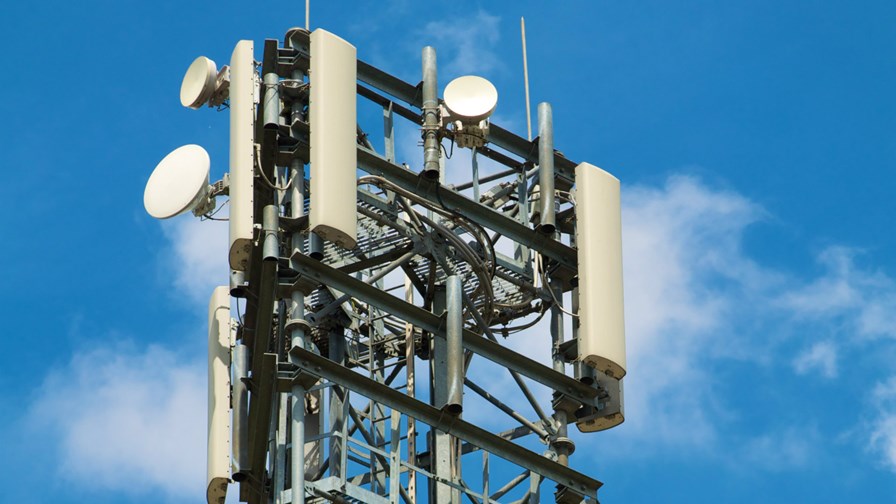
via Flickr © Pug50 (CC BY 2.0)
- New Shared Rural Nework, new T&Cs
- 95 per cent of UK population to have access to at least good quality LTE by 2025
- 92 per cent of the land mass covered
Ofcom has firmed up its plans for the release of new 5G spectrum. As indicated with last week’s announcement of the UK’s Shared Rural Network (SRN) (See - Have the four UK telcos solved the rural coverage conundrum?) it has altered the coverage obligation previously planned for the spectrum assignment.
The next auction, to be held in the Spring of 2020, will involve spectrum in both the 3.6 - 3.8 GHz bands and the lower frequency 700 MHz band.
Previously, winning spectrum in the valuable 700MHz (long distance outdoors) band would have required the winning bidders to extend coverage to at least 90 per cent of the UK’s land area within four years, and that deal would have been sweetened with discounts and regulatory let-offs.
However, following the agreement of the SRN, that rather untidy regulatory settlement has been tidied up and improved. Now the four operators working together are expected to be able to build out to 92 per cent of the geography (bearing in mind that the most difficult geography includes mountain gullies and such) and thereby cover a full 95 per cent of the UK population by 2025, it’s claimed.
But before we get too back-slappy about this, you have to ask why this rather obvious sharing solution, as outlined last week, couldn’t have been instituted years ago - after all, the banks managed to arrange a system of shared cash dispensers (ATMs) some time in the 1980s, if memory serves. That’s a very similar business model if you think about it.
The Ofcom auction will involve 80 MHz of 700 MHz spectrum and 120 MHz of 3 GHz spectrum. There will be an overall cap on the amount of spectrum any single operator can own set at 37 per cent of the total spectrum available.
Ofcom’s auction will proceed in two stages: companies will bid for ‘lots’ to determine how much spectrum they win in each category, then there’s a further assignment stage to divvy up specific frequencies.
So there will be six lots of 2×5 MHz in the 700 MHz band; four lots of 5 MHz in another tranche of 700 MHz for downlink only spectrum, and 24 lots of 5MHz in the high speed data 3.6 to 3.8 GHz spectrum.
Once the lots are assigned and the companies have won spectrum up to their percentage limit (or not) then they can go through a further stage of shuffling their lots around between themselves so that they can reduce fragmentation and negotiate the optimum contiguous spectrum in the 3 GHz band.
It should be noted that having a good distribution of spectrum in different bands is seen, at this stage of 5G development, as a plus as it will enable operators to assign appropriate spectrum to specific applications - IoT and longer distance rural, for instance, probably favours low frequency spectrum.
Email Newsletters
Sign up to receive TelecomTV's top news and videos, plus exclusive subscriber-only content direct to your inbox.




